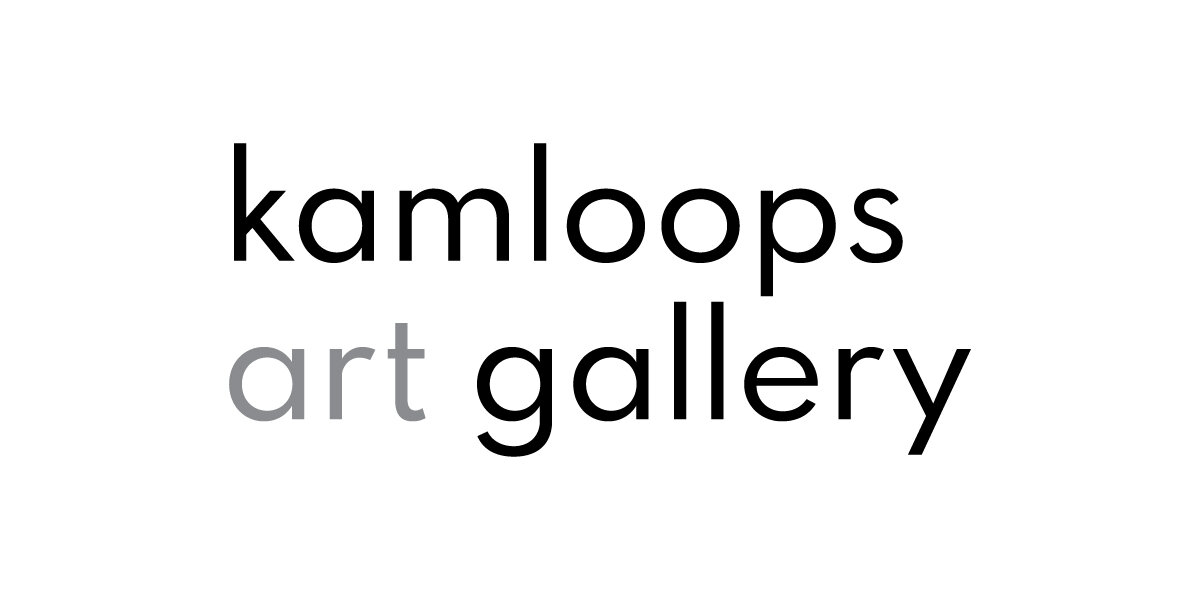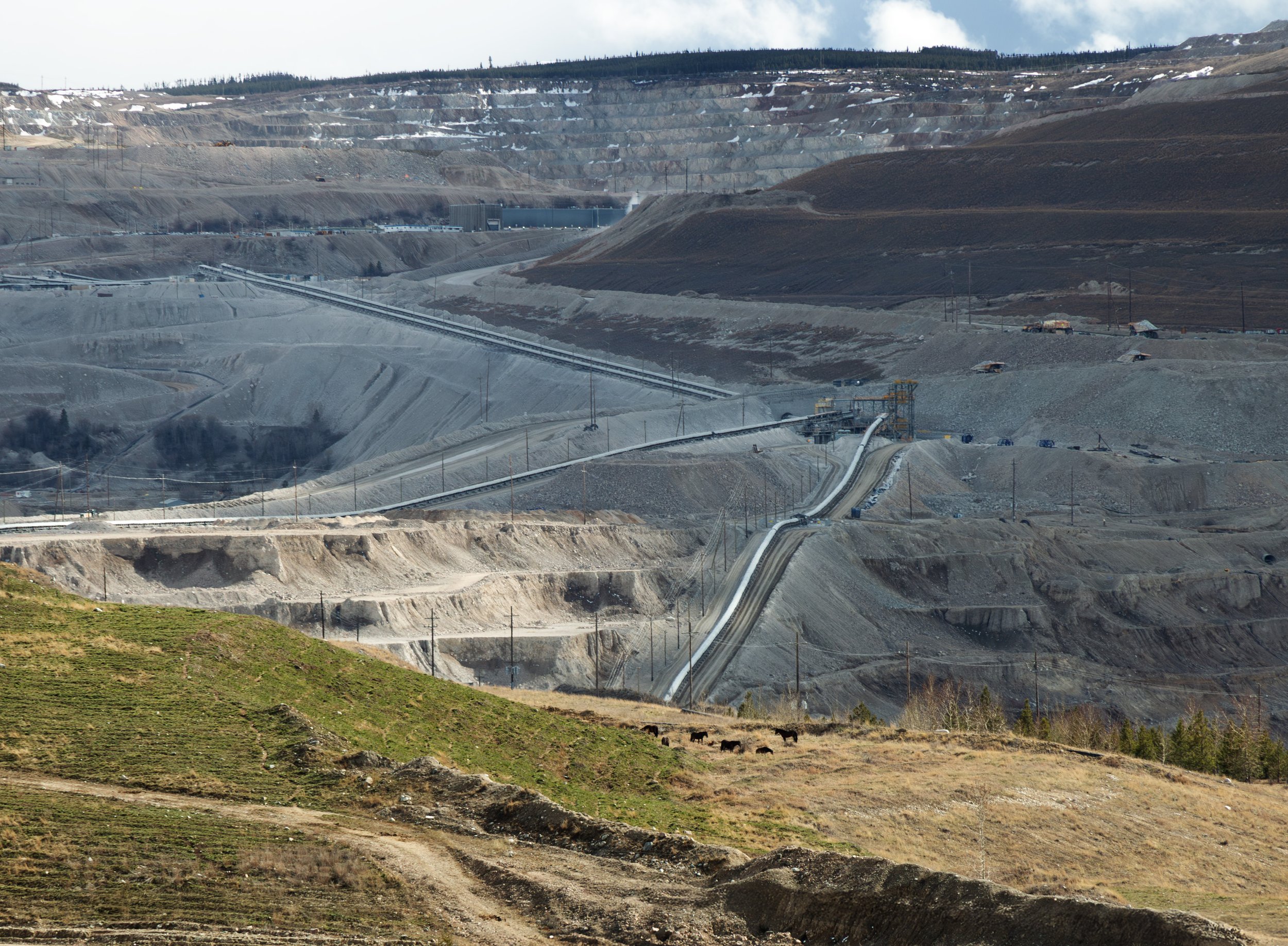STAIRCASES LEADING TO NOWHERE
Keith Langergraber
The Central Gallery
May 10 to August 30, 2025
Curated by Charo Neville
In Keith Langergraber’s exhibition, Staircases Leading to Nowhere, floating architectural sculptures, drawings that spill off the page, and video and sound environments play with the thin veil between reality and fiction. Langergraber creates worlds that draw on popular culture and historical references to examine current global states of instability informed by the pandemic and the climate emergency. The past five years have marked unprecedented societal and personal change around the world. Through this new body of work, Langergraber layers and weaves together stories and overturns imagined worlds to offer utopic possibilities of these shifting notions of self and other.
Langergraber’s research is often steeped in the political and cultural specificities of a given geographical location. In these new works, his inquiries traverse Okanagan grasslands, an abandoned cherry orchard, the semi-arid desert landscape and inverted cities carved out by mining activity in the Interior of British Columbia, and the intricate rock formations of the Mojave Desert in Southern California. His fictitious explorations are imbued with utopic longing and at the same time address salient concerns about the environment, urban and rural identity, and the increasing entrenchment of literal and metaphoric borders between self and other.
Two video and sound installations act as a driving narrative for myriad series of drawings, photographs, and sculptures. Overall, each work can be read as part of the whole, wherein drawings are pushed into the realm of sculpture, creating a dynamic and dramatic interplay between forms and ideas. In the video, In the Darkness of Staircases Leading Nowhere, Langergraber plays the main character, Theo. Haunted by his doppelgänger in a paranormal pursuit of identity, scenes go between the city and country and an unknown upper world accessible via a staircase leading nowhere. Theo’s interactions with his doppelgänger serve as an allegorical device to personify the artist’s own sense of home and belonging, with his character split between the bustling city and the perceived idyll of his family’s now abandoned orchard house. Through this doubling, the work speaks to broader concerns of post-pandemic displacement and forced nomadism. Adjacent to the video installation, a life-size staircase pictured in the video appears to float in the gallery space as if it is an apparition. Pointing to the increased interest in the paranormal following the 1918 post-war flu epidemic and the resurgence of interest during the most recent global pandemic, reappearing staircases throughout the exhibition provide moments of indecipherable reality and the oscillation of hope, fear, and despair that the unknown evokes, along with open-ended questions about what could be.
This video, and its counterpart, In Hell Everyone Needs a Glass of Water, question the abstract creation of borders between the real and imagined, the known and unknown. In Hell Everyone Needs a Glass of Water begins in the Mojave Desert where Langergraber’s self-performed character discovers an abandoned mine. Inside, a mysterious map etched on a ruined wall compells him to travel north. He settles in Ashcroft, BC, where he tracks the Upper Ski Trail Herd—a sub-herd of the approximately 250 wild, mostly inbred, horses that have existed in this region for over 200 years. Langergraber has researched and documented this herd that roams the mountains around the Highland Valley copper mine as their lives have increasingly come under threat due to wildfires, drought conditions, and pollution from the mine’s tailings ponds. The introduction of horses to North America is implicitly tied to colonization, and the domestication of horses is a touchstone of the problematic assertion of human supremacy over animals. The instable outlook for this wild horse herd serves as a marker of climate urgency, while their resilience for so many years tells another story of animal adaptability. With opening scenes in the video showing the character continually reaching for his water bottle in the desert heat, Langergraber highlights the severe implications of climate change on all sentient beings. As the title suggests, in this context everyone needs a glass of water.
An accompanying large-scale floating sculpture expands on these themes in three dimensions. A spiral maquette of mining structures, horses, and monstrous forms integrate popular culture and historical iconography, fusing heavy metal and Dungeons and Dragons aesthetics with forms that recall 16th century Netherlandish artist Pieter Bruegel’s peasant scenes depicting the rituals of village life, all crowded into one picture frame. Langergraber’s sculptures and drawings also channel references to the Italian writer Dante Alighieri's 14th century narrative poem "Inferno" in The Divine Comedy, which follows Dante’s journey through hell. Another sculpture representing an empty well, The Mud Below, coalesces themes from both videos, simultaneously referring to Dante’s infernal descent, terraces that recall both the conical concentric rings of an open pit mine and a flight of stairs, and the deep well of an empty swimming pool, now a skateboard bowl found in the Mojave Desert.
Langergraber’s series of drawings and artist books expose both underworlds and upperworlds where geological enigmas, labyrinths of ladders and stairs amalgamate into architectural impossibilities that challenge a linear reading or tangible understanding of one-dimensional worlds. Pushing this inquiry into paranormal realms, Langergraber’s The Baba Yaga Conundrum conjures the home of Slavic folklore trickster Baba Yaga, a ghostly personification of good and evil, to challenge conceptual categories and hyper-capitalist logic. Imagined structures that suggest nomad squatter homes replete with chicken legs provide a commentary on the realities of climate migration and suburban sprawl due to population growth and late capitalism’s hungry appetite for expansion at any cost.
Creating a slippage between genres and forms and unearthing elements of the recognizable and unrecognizable, the works in Staircases Leading to Nowhere offer a journey through the otherworldly to open up questions about how we see ourselves in relation to longing at a critical moment in history. As we collectively face real and existential threats, Langergraber’s work ruptures honed belief systems, takes stock of the current state of the world, and offers an opportunity to contemplate our place within it, along with space to dream about other versions of our future.
Artist Biography
Keith Langergraber received a Bachelor of Fine Arts degree from the University of Victoria and a Master of Fine Arts degree from the University of British Columbia, Vancouver, and he currently teaches at the Emily Carr University of Art + Design in Vancouver. His work has been exhibited widely in Canada and abroad, including commissions by the Vancouver Art Gallery for Offsite in 2022, a project recently featured in an Offsite anthology. His work is held in the collections of the University of Lethbridge Art Gallery, Surrey Art Gallery, Burnaby Art Gallery, and the Vancouver Art Gallery.
A D D I T I O N A L R E S O U R C E S
Keith Langergraber
Horses at Highland Valley Copper Mine, 2024
digital photo
55.9 x 71.1 cm



























































